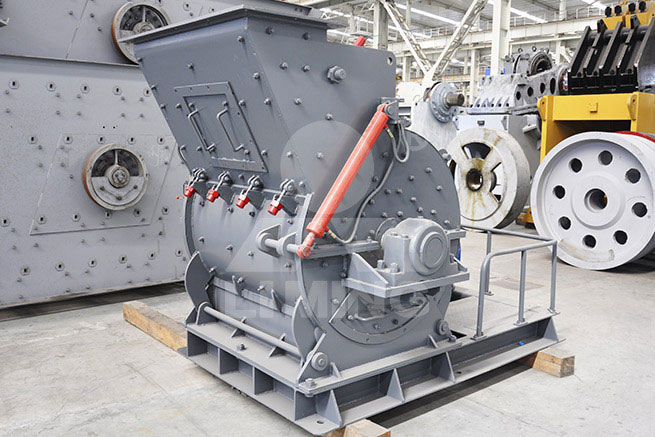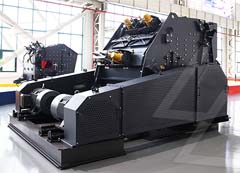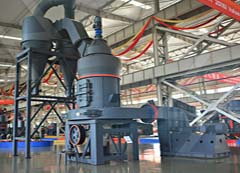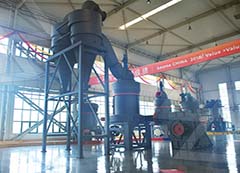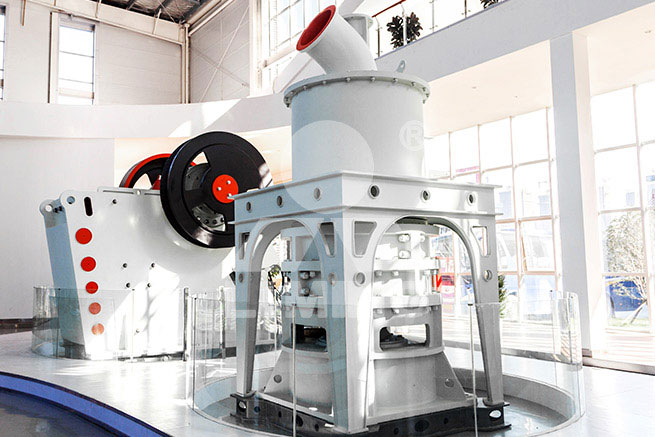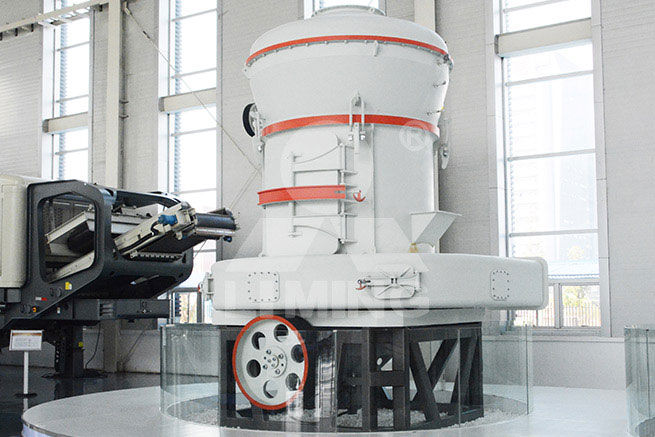metallic minerals process

METALLIC MINERALS: PROCESSES OF FORMATION
2014-8-15 veins separating ore and gangue minerals into individual grains Contents Page 3. Contents Page Placer Deposits (Sedimentary Process) Ore Deposit – mineral vein with metals in concentrated deposits of cassiterite (tin), gold diamonds 1. Above water table (zone of oxidation), rainwater chemically reacts with physically breaks up mineral . 2.
More
Metallic Mineral - an overview ScienceDirect Topics
96 行 Andrew Mitchell, in Geological Belts, Plate Boundaries, and Mineral Deposits in
More
Metallic Mineral Mining: The Process the Price - GLIFWC
2015-11-18 4 Metallic Mineral Mining: The Process the Price Metallic mineral mining refers to the extraction of both ferrous and nonferrous metals. Sulfide mining is a term often used to describe the mining of nonferrous metals, including copper, lead, zinc, and others, because these metals frequently are bonded to sulfur, forming sulfide compounds.
More
What are Metallic Minerals? Definition, Source,
2022-6-24 These metallic minerals have magnetic properties and get oxidize easily. On the other hand, non-ferrous minerals do not react to a magnetic field and don’t get oxidize easily. Some examples of non-ferrous minerals are gold, silver, copper, etc. Most metallic minerals are hard and contain shiny properties. These minerals are also malleable and ...
More
Metallic Minerals – Definition, Types, Ores, Examples
2022-3-29 Iron Ore. They are rocks and minerals that are commercially mined for metallic iron. Iron oxides in the ores in multitude, which range in color from dark grey to brilliant yellow to deep purple to rusty red. Magnetite, hematite, goethite, limonite, and siderite are all examples of iron minerals. “Natural ore” or “straight shipping ore ...
More
Mineral Processing - an overview ScienceDirect Topics
Mineral Processing. Mineral processing, also known as ore dressing, mineral beneficiation, or mineral engineering, is defined as the science and art of separating valuable metallic and nonmetallic minerals from unusable gangues. From: Mineral Exploration (Second Edition), 2018. Download as PDF. About this page.
More
Home Metallic Minerals Corporation
2022-5-26 Welcome to Metallic Minerals. Metallic Minerals Corp. (TSX-V: MMG / OTCQB: MMNGF) is a growth stage exploration company focused on the acquisition and development of high-grade silver and gold projects within
More
(PDF) Overview of Mineral Processing Methods
2015-8-3 Mineral processing consists of two functions. Firstly, it involves the preparation and liberation, of the. valuable minerals from waste minerals and secondly, the se paration these values into two ...
More
Metallic Mineral - an overview ScienceDirect Topics
Andrew Mitchell, in Geological Belts, Plate Boundaries, and Mineral Deposits in Myanmar, 2018. 1.3 Mineralization and Structural Elements Within the Orogens. Many of Myanmar's metallic mineral deposits are characteristic of one of the structural elements or tectonic settings shown in Figs. 18.1 and 18.2.A few of these deposits are mentioned below, and some are included on
More
Metallic Mineral Mining: The Process the Price - GLIFWC
2015-11-18 4 Metallic Mineral Mining: The Process the Price Metallic mineral mining refers to the extraction of both ferrous and nonferrous metals. Sulfide mining is a term often used to describe the mining of nonferrous metals, including copper, lead, zinc, and others, because these metals frequently are bonded to sulfur, forming sulfide compounds.
More
Transformación de minerales - Sotecma Especializados
Mineral process: Metallic Minerals. Minerals are solid inorganic substances found in the earth’s crust. Its formation is a natural process, and its chemical composition and its structure crystalline is defined by is genesis. There are more than 4,000 different minerals, and a large number contain metallic elements. But contrary to its ...
More
Metallic Minerals - Minerals And Rocks - Geography Notes
Metallic minerals are the second most important group of minerals found after fossil fuels. It is the basis of the metallurgical industry and supports the process of industrialization and urbanization. These occur primarily as mineral deposits and are excellent heat and electrical conductors such as iron, copper, silver, bauxite, and manganese.
More
All about Metallic minerals and non-metallic minerals
Sand, clay, marble, limestone, gravel, gypsum, dolomite, and quartz are commonly used non-metallic minerals. Minerals are distributed unevenly on earth and remain a precious form of natural resource to countries across the globe. Good quality and high-value minerals are relatively lesser existing than low-value minerals.
More
Extraction of Metals: Methods, Processes Involved,
2021-5-7 The processes used for removing the gangue from the ore are based on the differences between the physical or chemical properties of the gangue and the ore. Different separation techniques are accordingly employed. 1. Extracting Metals Low in the Reactivity Series. Metals low in the activity series are very unreactive.
More
Management Board Metallic Minerals Corporation
Prior to joining Metallic Minerals, Mr. Johnson held the positions of President and CEO at Wellgreen Platinum and South American Silver, and was a co-founder and executive at NovaGold Resources. Mr. ... P. Eng) is a metallurgist and process engineer with over 30 years of applied mine processing expertise. Doug graduated from UBC with a degree ...
More
Types of Minerals - Definition, Classification Examples
2022-6-29 Minerals are divided into two types namely metallic and non-metallic. 1. Metallic Minerals. Metallic minerals exhibit lustre in their appearance and consist of metals in their chemical composition. These minerals serve as a potential source of metal and can be extracted through mining. Examples of metallic minerals are Manganese, iron ore and ...
More
Non-metallic Minerals SpringerLink
2020-1-29 Non-metallic Minerals Download book PDF. Download book EPUB ... so that uranium and thorium extracted in mining have to undergo a costly process to prepare the right reactor fuel. 10.2.1 Exploration Results. In 1959–60, an aeromagnetic survey, carried out over the Precambrian shield, showed a considerable number of radioactive anomalies. ...
More
Mineral Processing and Extractive Metallurgy
2016-4-14 Metallurgical Content. A successful search for and development of a new mineral deposit rests not only in its discovery but also in economical processing of the ore. Via the Science of its engineering, Mineral Processing
More
Metallic Minerals The Happy Scientist
Just as iron loses its metallic luster when it changes to rust, in many of these minerals the metal is combined with other elements, which changes the luster. Iron and steel minerals: Magnetite, hematite, goethite, limonite, siderite. Used
More
mineral processing metallurgy Britannica
mineral processing, art of treating crude ores and mineral products in order to separate the valuable minerals from the waste rock, or gangue. It is the first process that most ores undergo after mining in order to provide a more concentrated material for the procedures of extractive metallurgy. The primary operations are comminution and concentration, but there are other
More
Metallic Minerals - Minerals And Rocks - Geography Notes
Metallic minerals are the second most important group of minerals found after fossil fuels. It is the basis of the metallurgical industry and supports the process of industrialization and urbanization. These occur primarily as mineral deposits and are excellent heat and electrical conductors such as iron, copper, silver, bauxite, and manganese.
More
Mineral Processing and Extractive Metallurgy
2016-4-14 Metallurgical Content. A successful search for and development of a new mineral deposit rests not only in its discovery but also in economical processing of the ore. Via the Science of its engineering, Mineral Processing
More
Metallic Minerals - METAL FAQ
2021-7-6 Metallic Minerals admin July 6, 2021. The main minerals of gibbsite in bauxite are (al203.3h20), boehmite (al203.h20), and diaspore, which are regarded as the same composition of boehmite, but with density and difficulty. Pure aluminum, alumina (Al203) anhydrous oxide, containing 52.9% aluminum and 47.1% oxygen. Bauxite can be as hard and soft ...
More
10 Minerals That Have Metallic Luster
2019-9-2 The metallic-looking minerals are a relatively small and distinctive group, worth mastering before you approach the nonmetallic minerals. Of around 50 metallic minerals, just a few make up the great majority of specimens. This
More
Metallic Resources Inc Responsible Minerals Assurance
2021-3-4 Responsible Minerals Assurance Process (RMAP) Annual Due Diligence Report Reporting Period August 1, 2019 to July 31, 2020 ... 2368 E Enterprise Pkwy, Twinsburg, Ohio. Metallic Resources is an RMAP- conformant smelter and a leading recycler of tin and tin/lead solder from the electronics industry. RMAP Assessment Summary This report covers our ...
More
A Review of Nigerian Metallic Minerals for Technological
The metallic mineral resources of Nigeria have not been fully appraised due to lack of sufficient studies and technology. Previous works identified a number of minerals deposits which have remained largely unevaluated. Some known deposits were confirmed while new ones were identified and documented. The metallic minerals found in Nigeria include iron ore (with over 3
More
Non-metallic Minerals SpringerLink
2020-1-29 Non-metallic Minerals Download book PDF. Download book EPUB ... so that uranium and thorium extracted in mining have to undergo a costly process to prepare the right reactor fuel. 10.2.1 Exploration Results. In 1959–60, an aeromagnetic survey, carried out over the Precambrian shield, showed a considerable number of radioactive anomalies. ...
More
Difference Between Metallic and Industrial Minerals
2022-1-21 Metallic minerals are those minerals that contain metals in the raw form whereas Industrial minerals are the minerals that do not contain metals. Metallic minerals are hard, shiny, a good conductor of heat and electricity, malleable and ductile whereas non-metallic minerals lack these properties. Industrial minerals have significant commercial ...
More

